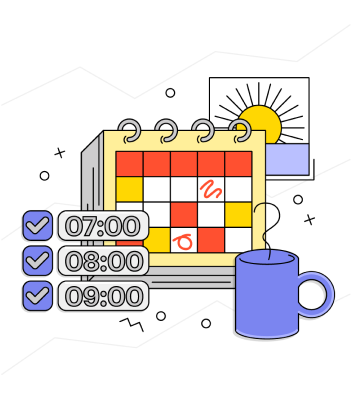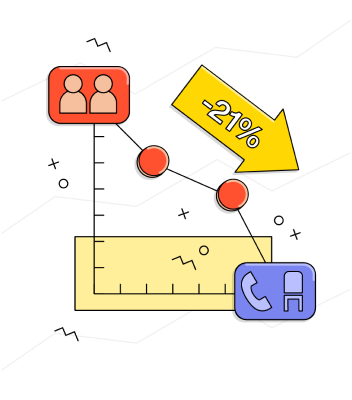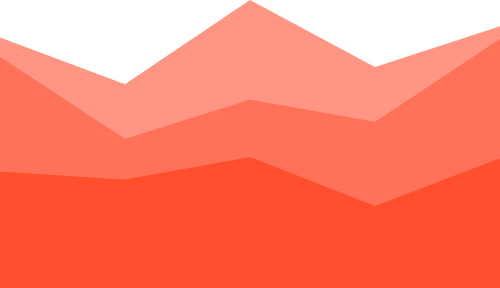Section 1
How has the ratio of members per resource evolved?
You may be wondering, given the evolution that the sector has experienced since 2016, how the ratio between the average number of members per resource in flexible workspaces has evolved?
Answering this question is more complex than it seems. First of all, it should be noted that flexible workspaces have bookable resources that appear in the space management platform, and they also have non-bookable resources. An example of the second type of resource would be booths. These have become popular as a much more efficient response to the needs of users of the spaces who need to make private calls and video calls.
Key findings

Mean members per resource by location
Smaller spaces (less than 40 members), proportionately make significantly more bookable resources available to their members. In 2021, on average, the largest spaces (with more than 250 members) had a ratio of members per resource that was close to 27. On the other hand, in the rest of the categories, the smaller the space, the lower this ratio.
Spaces with between 100 and 250 members have a 37% lower ratio, while those with between 40 and 100 members have a 61% lower ratio. Spaces with less than 40 members have a ratio of members per resource that is 84% lower than that of spaces with more members.
Section 2
How has the number of bookings evolved?
The average number of monthly bookings has been increasing since the beginning of the studied period. However, during the first lockdown (March-April 2020) bookings fell by 84%. Since then, the use of bookable resources has been increasing but is still far from what it was. In September 2021 it was still 24% below that of September 2019.
Social distancing measures, the appearance of new variants, etc. have continued to prevent us from being able to reach pre-pandemic booking levels. Although, with the current rate of recovery, we're getting closer to pre-pandemic figures as we inch closer to the end of 2022 and enter 2023.
Key findings

How types of resources have evolved from 2016 to 2021
Section 3
Has COVID-19 been a turning point in resource consumption patterns?
In addition to the drop and the rapid, but not yet full, recovery in the use of resources, the pandemic has also had other consequences that we believe are worth noting. On the one hand, we can observe how the average duration of a resource booking has increased significantly, rising from the average of 115 minutes throughout the entire pre-pandemic period studied to about 125 minutes since the pandemic. No other phenomenon had changed the average length of a resource booking over the entire period studied.
Whether this increase is related to the greater complexity or volatility of the current situation, or to the difficulty of holding hybrid meetings with part of the team present while another part is remote, remains to be seen.
Key findings

Section 4
Booking patterns by country booking based on time of the day, day of the week and month.
One of the most obvious ways in which cultural differences manifest are schedules. In this study, we have two anglophone countries, which we can expect to share many cultural characteristics, and a Mediterranean country like Spain in which the time dynamics are very different.
Key findings

Booking distribution by time of the day
The United States is the market where people get up the earliest, but it is also where the work day is the longest. This characteristic makes it easier for bookings to be spread out more evenly through- out the day there are 9 time slots in which bookings exceed 6% of the total (one more than in the Spanish and UK markets).
Section 5
Evolution of the average price of booking.
The evolution of the average final price per hour of a bookable resource has followed different trends in the various markets before the pandemic. While the final price of the booking in the United Kingdom has decreased, in Spain, it increased and in the United States, it rose almost imperceptibly.
As soon as the first lockdown arrived (March-April 2020), prices spiked briefly and levelled off across all markets, in another sign of the levelling effect that COVID-19 has had. This behaviour is either caused by the exceptional health measures and the risk that the spaces had to take, or by the fact that 28% of workspaces that did not have any bookings in this period for less expensive bookable resources and, therefore, the average price of bookings overall increased.
Key findings

Mean final hourly price
After this one-off increase, the average price of bookings has decreased in all markets, especially in Spain. In the US market, the price in September 2021 was 7% lower than the pre-pandemic figure, while in the UK the price was 9% lower.
Percentage of zero final hourly price by space size
After this one-off increase, the average price of bookings has decreased in all markets, especially the Spanish one. In the US market, the price in September 2021 was 7% lower than the pre-pandemic price, while in the UK market the price was 9% lower. In the Spanish market, a very pronounced downward curve was drawn that led to the final average price per hour of bookable resources, being 20% below the average price compared to a booking in January 2020. The intention of operators was none other than to try to encourage demand and reactivate the daily dynamics of the spaces to get back to pre-pandemic booking levels while achieving the perception of normality.

